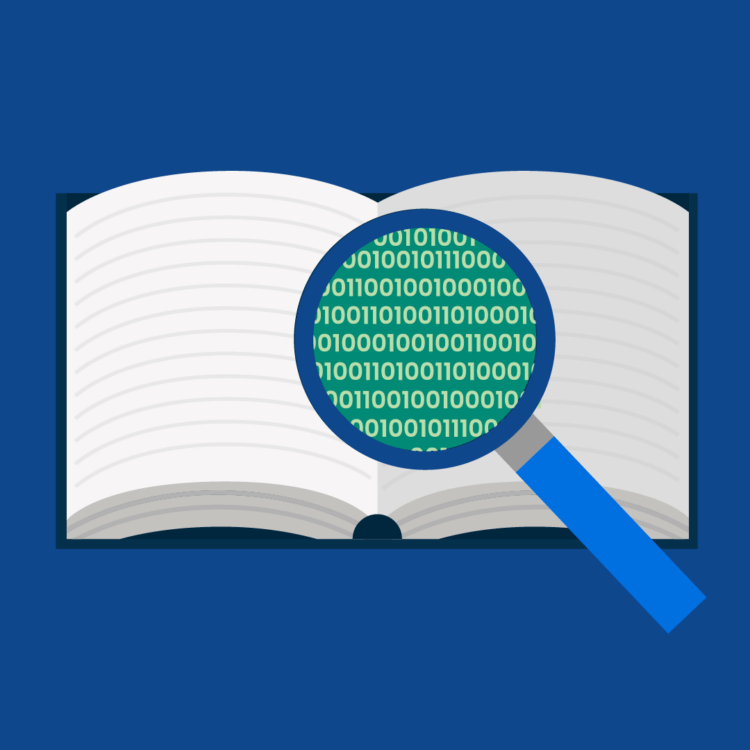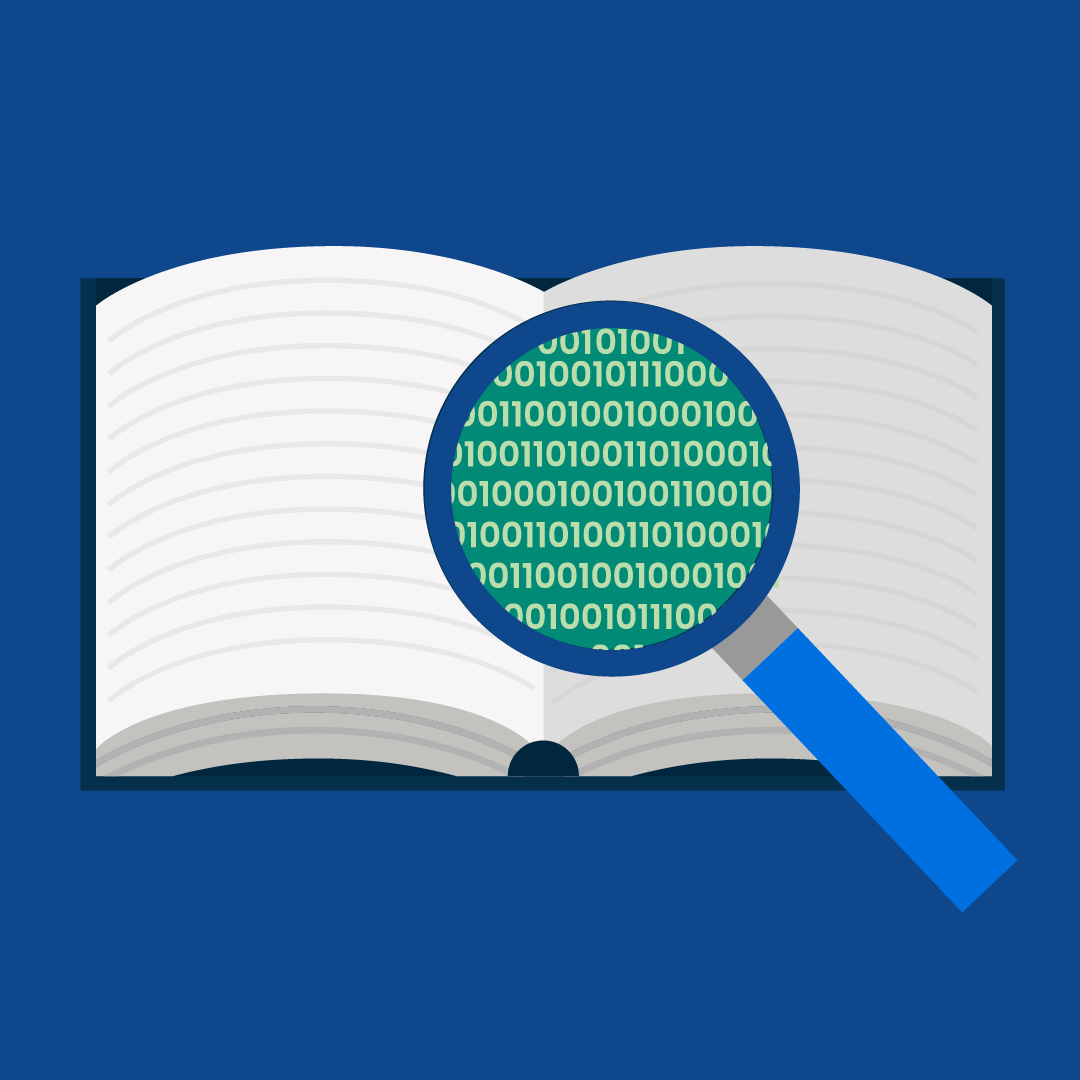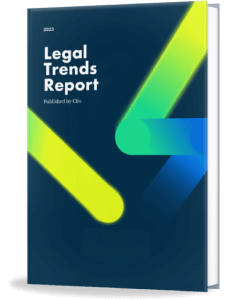Artificial intelligence (AI) has the potential to transform the legal industry, with a growing bevy of AI tools for lawyers already unlocking new efficiencies for law firms. Still, as more and more uses of AI for law firms emerge, so too do new ethical and logistical challenges—such as how to cite ChatGPT and AI tools when using them responsibly as part of legal writing.
In the following post, we’ll explore the evolving uses of AI tools like ChatGPT for legal writing. Specifically, we’ll look at the essentials of legal citations, how AI is currently impacting legal writing, and strategies for navigating how to cite AI in legal writing right now.
What are legal citations?
Legal citations are references to the specific legal sources used within legal documents like briefs, motions, or decisions. When used correctly, legal citations allow a document’s reader to easily find the specific legal sources (such as reported cases, statutes, regulations, treatises, or law review articles) used.
While the exact format varies depending on the citation style used (more on this later in this post), legal citations typically include certain key pieces of identifying information for the source.
For example, a case law legal citation would include details regarding:
- Names: The names of the lead parties involved in the case
- Volume: The number representing the volume of the reporter
- Reporter: The name of the reporter
- Page number: The page number in the reporter for the first page of the decision
- Court: An abbreviation for the name of the court
- Date: The year the case was decided
As the following example from the Library of Congress shows, a case law citation could look like:
Stearns v. Ticketmaster Corp., 655 F.3d 1013 (9th Cir. 2011)
Appellant Name v. Appellee Name, [Volume Number] [Reporter Name and Series] [Page Number] (Abbreviation for Court Name and Year)
When incorporating information generated by AI tools such as ChatGPT in your legal writing, it is vital to provide appropriate citation. The landscape of citing AI is evolving, and there isn't a universally accepted method yet. However, adhering to the stipulations of the style guide you're using (Bluebook, APA, MLA, etc.) is recommended.
Do I need to cite ChatGPT?
How AI is changing legal writing:
Legal writing is a cornerstone of the practice of law. It’s a specialized skill that requires the expertise and critical thinking of legal professionals—but that doesn’t mean that AI tools aren’t impacting how lawyers get legal writing done.
Just as word processors allowed legal professionals to write briefs more quickly than they could on typewriters in the past, generative AI tools can be used as supplemental tools to improve efficiencies in the realm of legal writing.
When it comes to legal writing, tools like ChatGPT can assist lawyers with tasks like:
- Research, such as conducting secondary research for cases or summarizing complex legal cases in plain language for clients
- Document drafting and review for legal documents like contracts and briefs—with the input and review of lawyers
- Proofreading legal documents to help check for spelling and grammatical errors
- Drafting legal citations, though lawyers would still need to fact check and format AI-generated draft citations (as ChatGPT lacks text formatting capabilities and can sometimes create inaccurate citations).
However, it’s important to note that all of the above legal writing tasks require the input and review of legal professionals. AI should be considered a supplemental tool, and not as a main source for legal writing, as generative AI tools like ChatGPT have certain key limitations and risk, including:
- A limited scope. Currently, ChatGPT is trained on data up to September 2021. While ChatGPT’s developer, OpenAI, recently announced that the chatbot will soon be trained on information up to April 2023, it will not be able to offer fully current information.
- Lack of reliability. As some lawyers are learning the hard way, there’s no guarantee that the facts or cases that ChatGPT generates are real or accurate. It’s up to lawyers to verify the veracity and reliability of outputs that come from AI tools.
- Copyright infringement concerns. When it comes to intellectual property and copyright, who owns content generated by ChatGPT? OpenAI, has terms of use stating that it assigns the user “all its right, title and interest in and to Output,” there are still many unresolved questions related to ChatGPT, intellectual property, and copyright. For example, if ChatGPT provides two users with identical output, who is the owner of that content? As these questions and answers evolve, lawyers must stay in the know if using AI tools.
- Ethical concerns. From client confidentiality to the potential for bias, there are many ethical considerations that arise for lawyers using AI tools—including in legal writing.
What are some common legal citation styles?
When it comes to legal citation styles, there are multiple methods of citing legal materials that are typically used by lawyers, legal professionals, and legal researchers.
Some of the more common legal citation styles and style guides used in the US include:
Legal-specific citation guides
-
- The Bluebook. The most widely used legal citation style in the US, The Bluebook: A Uniform System of Citation originated in 1926.
- The ALWD Guide to Legal Citation. Created by the Association of Legal Writing Directors (AWLD), the ALWD Guide to Legal Citation uses plain language and examples to guide users to create legal citations.
- Introduction to Basic Legal Citation. This guide to legal citation, which accounts for The Bluebook and the ALWD Guide to Legal Citation, was created by Peter W. Martin of Cornell University Law School.
- The Indigo Book. Designed as a free content version of The Bluebook (though it is not affiliated with The Bluebook), The Indigo Book is an open-access guide to uniform legal citation.
- Canadian Guide to Uniform Legal Citation. Also known as the “McGill Guide,” The Canadian Guide to Uniform Legal Citation is the most widely used legal citation guide in Canada.
Additionally, many states have legal citation manuals that supplement or replace standard guides (like The Bluebook). Examples of these include:
- The Texas Rules of Form (known as The Greenbook)
- The University of Chicago Manual of Legal Citation (known as The Maroonbook)
General style manuals
While not legal-specific, some general style manuals are used in legal writing, particularly in the context of interdisciplinary research or when citing non-legal sources in legal writing. These include:
- American Psychological Association (APA) style
- Modern Language Association (MLA) style
- Chicago Manual of Style style
Should I cite AI tools like ChatGPT in legal writing?
Providing citations that are accurate and appropriately formatted is essential in legal writing—but how, when, and if legal professionals should cite AI tools like ChatGPT as sources in legal writing is currently a topic that is still evolving.
It’s important to note that citing AI content is different from disclosing the use of AI tools for drafting legal writing. AI content could be cited in instances of published information relied upon by a client, used as an example of the variable nature of AI-generated content, to demonstrate bias in large language model (LLM) output, and more. The citation indicates the factual nature, statement, or authority presented by the AI tools’ specific output as it relates to the claims made in the writing.
Best practices for citing AI as a source
If you’re citing information generated by AI tools like ChatGPT in your legal writing, you must provide appropriate and accurate citations. While there is not yet a universally accepted consensus for the best method or standard for how to cite ChatGPT in legal writing, there are some best practices that can be followed:
Be consistent. In general, following the format of the style guide you’re using for other citations ensures consistency.
- Follow guidelines for citing online information. Most up-to-date citation style guides have a method for citing information only accessible online. Internet source citation standards can be applied to AI content access online.
- Be as specific as possible. Be sure to use the URL that most directly links your reader to the authority when available. If the AI content has a specific webpage for this particular citation, be sure to use the entire URL that directs the reader to the content. When the AI content cited is generated by the drafter, use the standards around explanatory parentheticals to include the prompt that generated the content. If the validity of the AI content being cited is a point of contention in the discussion, including the prompt in an exclamatory parenthetical may be appropriate as well.
While the exact correct method for citing AI tools in legal writing is still under discussion, the following examples could serve as inspiration as a way to ensure you provide citations that serve the purpose of acknowledging your sources and providing citation information to the best of your ability.
Example of a potential Bluebook ChatGPT citation
One potential approach to citing generative AI using The Bluebook format could include key information as follows:
Author, Chat Title, Main Page Title (full date text was generated), URL (explanatory parenthetical).
OpenAI, Intellectual Property Case Research, ChatGPT (November 3, 2023), https://chat.openai.com/ (responding to the prompt “Can you provide summaries of recent cases related to intellectual property and AI in the United States?”).
Example APA ChatGPT citation
If using an APA style guide, you could follow a similar style for citing ChatGPT:
OpenAI. (Year). ChatGPT (Month Day version) [Large language model]. https://chat.openai.com
OpenAI. (2023). ChatGPT (Nov 3 version) [Large language model]. https://chat.openai.com
Note: For legal writing being submitted to law journals, it’s a good idea to check with the editorial staff for their exact policies on using and citing AI tools.
Final thoughts: legal and ethical implications of AI citations
While AI tools continue to unlock more and more opportunities for increased efficiency and productivity for lawyers and law firms, these benefits come with an equal onus on legal professionals to use them responsibly.
When you’re considering how to use and cite ChatGPT and other AI tools in legal writing, it’s key to consider their ethical implications. By using AI tools to streamline processes and assist with legal writing tasks—rather than delegating tasks entirely to AI—you can save time and work more efficiently while still prioritizing your legal expertise and critical thinking skills on behalf of clients.
Clio’s upcoming built-in AI assistant, Clio Duo, fits this bill. Coming in 2024, Clio Duo’s proprietary generative AI legal technology will function as an AI-powered partner for legal professionals. You can learn more about Clio Duo here.
Note: The information in this article applies only to U.S. practices. This post is provided for informational purposes only. It does not constitute legal, business, or accounting advice.


